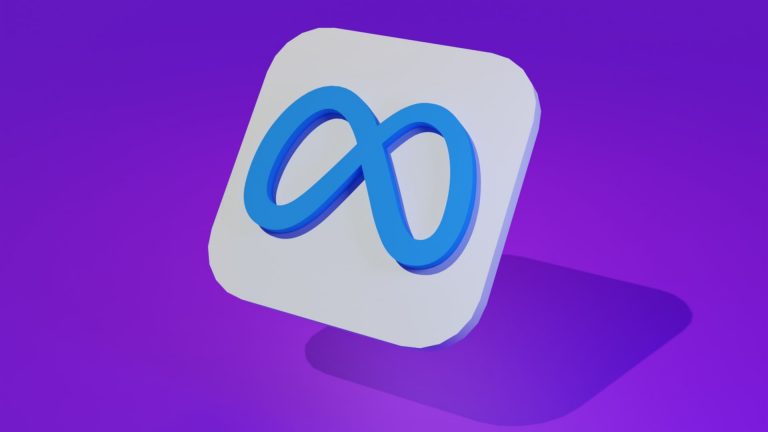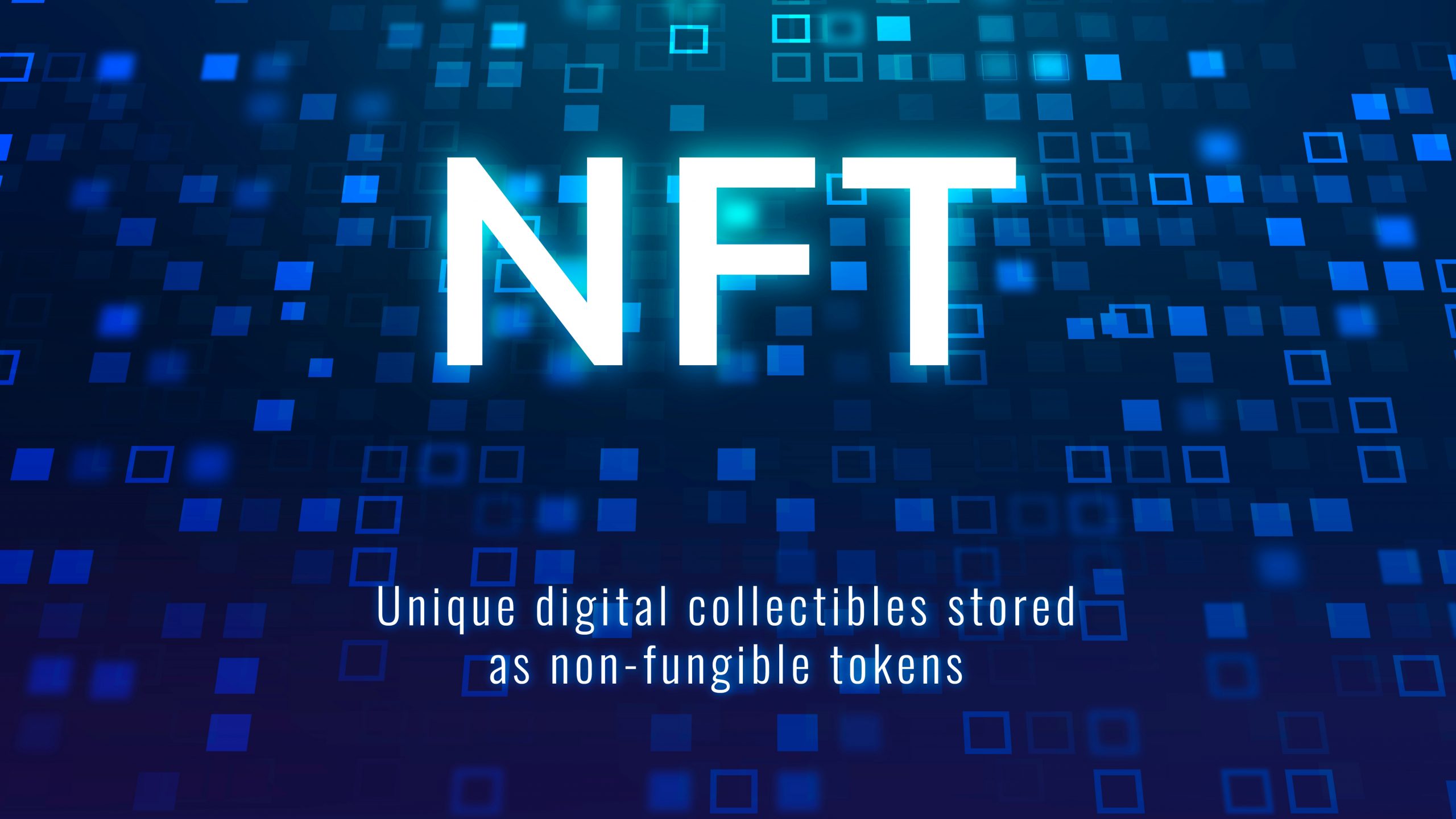Diving into the big world of NFTs and everything that it entails requires you to understand the nitty-gritty details that surround it. Of course, you might have questions about NFTs. You may also want to understand why there is this unending buzz around it these days. Fortunately, this article poses to answer all your questions and help you build the foundational idea around everything that concerns NFTs.
Typical among the art world, the use of creative technology is synonymous with artists and creators. Artists and creators are now depending on this unique tool to secure their brainchild against plagiarism. The ability to digitalize the ownership of the authentic piece and reserve the right to these digital pieces is one of the big selling points of NFTs.
So, What exactly are these NFTs?
NFT is an acronym for Non-Fungible Token. I know, it can be a mouthful sometimes – NFT is more like it. NFTs are the new way of proving digital ownership of an authentic piece over the blockchain. Yes, the same blockchain that your favorite cryptocurrencies are built over for seamless transactions. To understand NFTs, you have to understand some underlying building blocks of what makes them attractive to their users.
The first thing you should have an interest in understanding is the platform on which it is built – blockchain. These are public ledgers that record transactions on nodes that work on decentralization. For every NFT that is minted on a blockchain protocol, there is a unique identification code that includes metadata. This combination makes it unique and authentic for verification. The metadata is the data behind a piece of information that provides extra context for describing the NFT.
Furthermore, the minting aspect of an NFT is an excellent protocol for marking digital assets. It proves the authenticity of your unique copy thereby controlling their supply and preserving the worth of artwork. Minting of NFT gives creators the ability to prove the ownership of such NFT. It makes the piece of digital art traceable and distinct. This way, only one person can own an authentic piece of art and the records of ownership are preserved on the public ledger.
Nonetheless, the reservation of rights and proof of ownership makes NFTs very attractive to art collectors. You can view NFTs as a digital receipt or its digital equivalent that shows your ownership digitally. For creators, the ability to make their creation an NFT provides them with a digital signature that is immutable.
Although NFTs seem like they are focusing on just artwork now, their use spans across everything unique and valuable. Instead of just buying this unique item, these unique objects or items can also come with an NFT as proof of ownership for the original copy of such item.
How NFTs Work
The blockchain public ledger makes verification of ownership possible for NFTs. Although the Ethereum blockchain was the first blockchain protocol to support NFTs, FLOW and Bitcoin Cash protocol now supports them as well. Artists and content creators can choose to mint any of their work on these protocols and turn them into an NFT. NFTs are digital items that collectors can collect or trade as they wish.
Irrespective of whether the original piece of art is in JPEG, GIF, MP3, or any other file format, the NFT over the public ledger protocol identifies the rightful owner and authenticates its trading. The worth of these digital collectables is determined by market demand. If you decide to mint a unique piece or put up a limited edition of content, you can drive scarcity by allowing your content to gain value.
NFTs also provide creators with the assurance of receiving royalties as far as their content is changing hands. As a creator, you can set the percentage royalty you wish to get when your item is bought or sold. The original copy of your art can only have one owner at a time. Every time ownership changes hand, the creator of this digital content gets a cut.
NFT Marketplace
Several copies of NFTs exist online and people can right-click to save these pieces of content to their local device. Unfortunately, that does not make them owners of the image. The reason for this is that the said copy of such content does not contain the metadata that identifies the file as the original copy.
Buying NFTs is possible on several platforms. The buying activity depends on what you wish to purchase. To buy on any of these platforms, you will need to have a specific wallet that is specific to the platform from where you are making this purchase. Of course, your wallet has to contain some cryptocurrency for the exchange.
Some of the popular NFT marketplaces include OpenSea, SuperRare, Foundation, VIV3, NFT ShowRoom, among several others. Some gaming platform also offers their in-game purchases as NFT assets. These assets have value among players in the game and can be traded for money. They can trade playable assets like avatars, unique items, skins and so on.
Uses of NFTs
Asides from artworks, NFTs have other practical uses that are applicable across several industries. Albeit still developing, the application of NFTs in these different fields is already yielding appreciable results. Some of these uses include:
- For purchasing authentic products: NFTs can be useful in verification of authentic products and sieving out of fake ones
- Transfer of deeds in Real Estate: NFTs are useful for transferring land deeds and proofing claims of ownership. They are also useful for tracking changes in property values over a period.
- Patents: One of the practical use of NFT is in intellectual property protection. Tokenization of content will allow its owner to prove ownership over it if or when disputes arise.
The Metaverse

Meta – Why did Facebook rename its company
In late October, Facebook announced its big-name change. The company has adopted the name ‘meta’ in line with the new virtual reality technologies unfolding rapidly.

The Metaverse – what is it and what can we expect for 2022
Metaverse – you may or may not have heard of it. But the talks are everywhere, from technology journals to giant tech firms. The term

